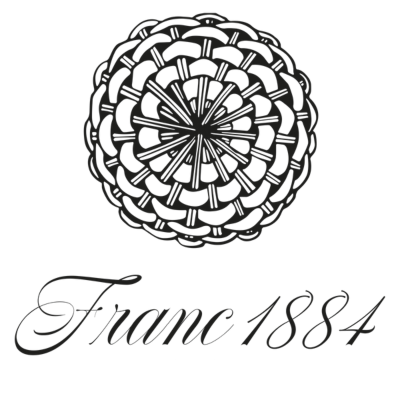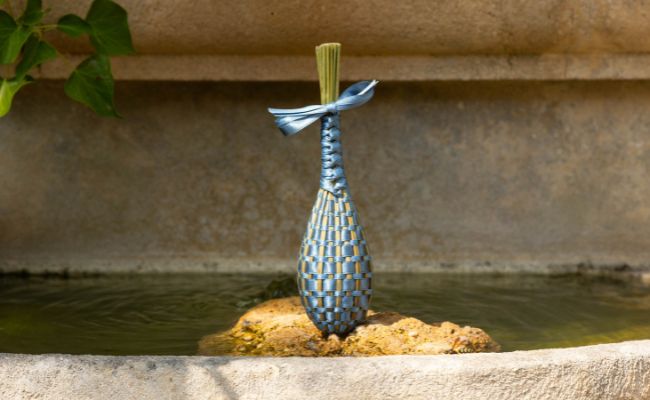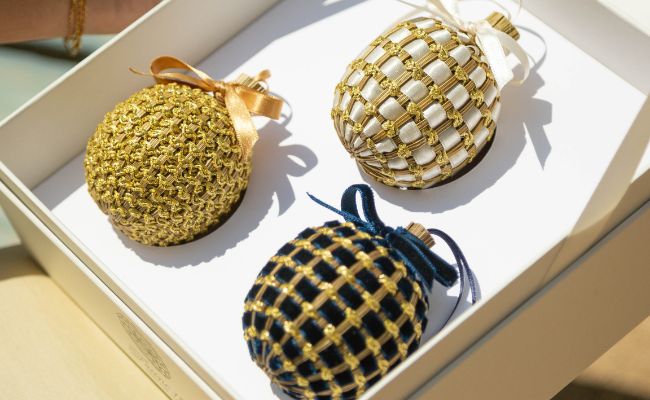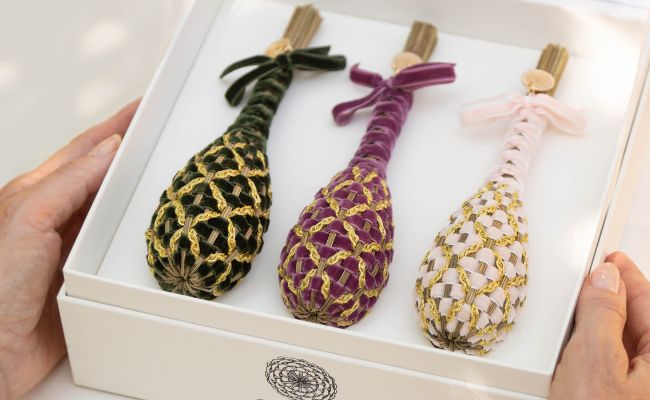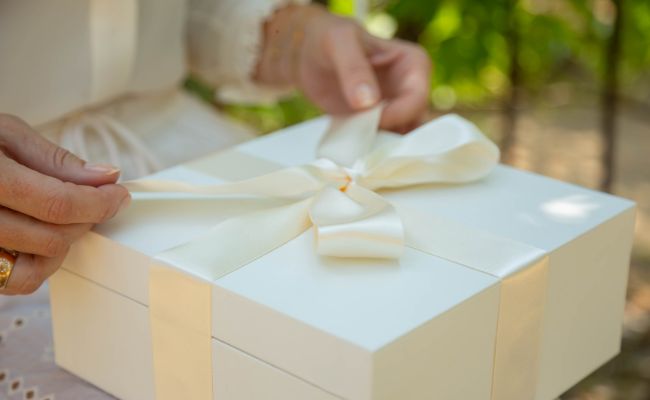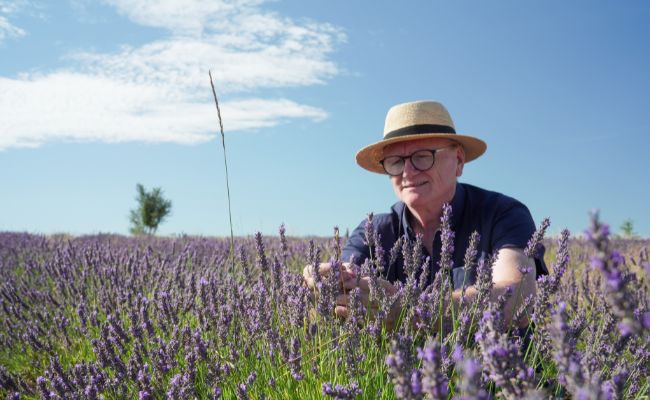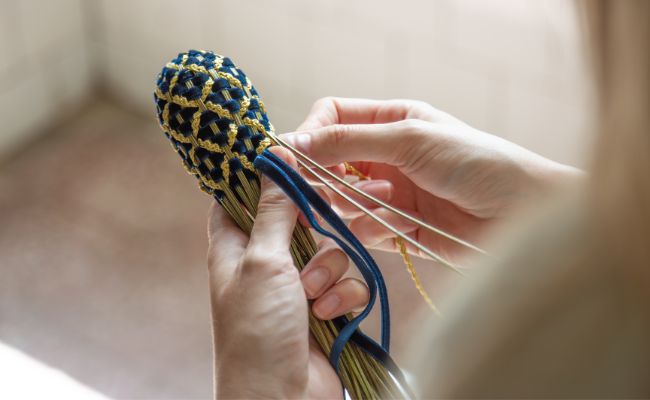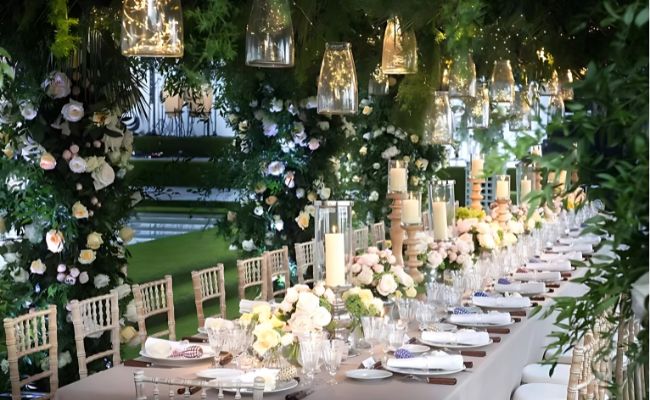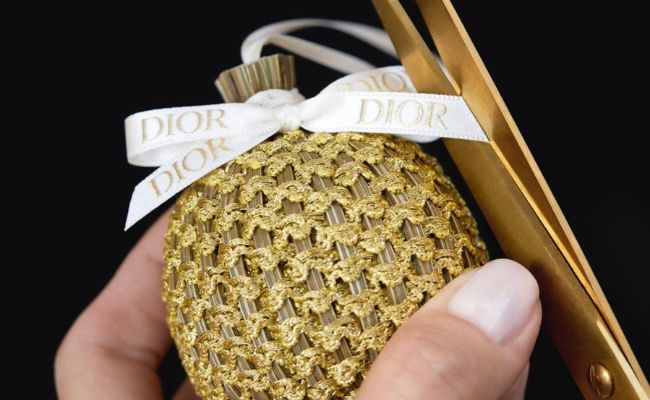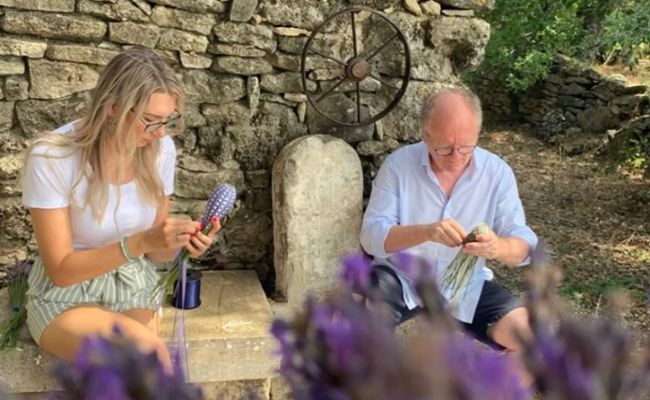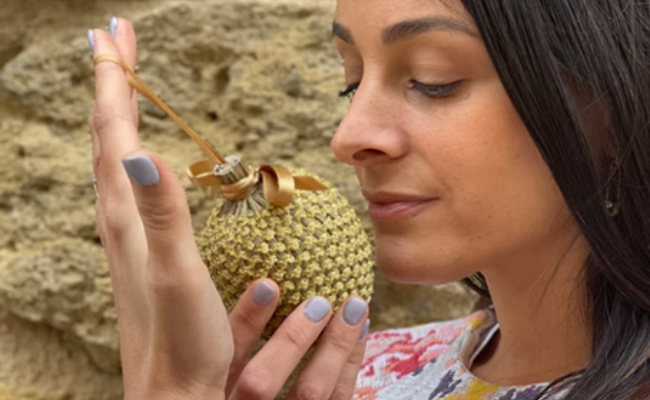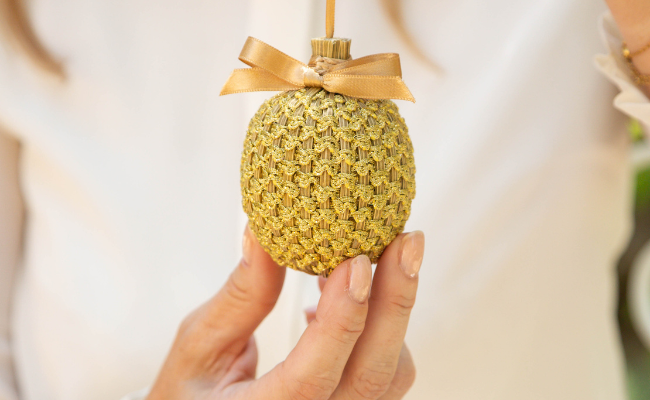Lavender, historical "perfume and language"
Nature has forged in humans the only sense that never sleeps: smell.
It is natural that perfume has become an ancestral language capable of establishing connections with others or even building trust. An emotional antenna, our nose (our body in fact) receives and selects scents and by identifying them will experience olfactory pleasure.
The history of lavender begins a very long time ago, long before the Romans...
Natural perfume originated in Egypt, more than 4,200 years ago. Lavender was precious and used for medicine, and for the quality of its fragrance. Its "fresh and pure" scent was already different from other, more heady perfumes. The Assyrians brought it back to the gardens of Semiramis in Babylon, to use it in olfactory ornaments but also in powder and oil. In turn, the Greeks will venerate lavender, and use it for multiple virtues, mythical or real, then finally the Romans will perpetuate knowledge including the medicinal one of "cleaning" the wounds or scratches of their exposed legs, but also for its relaxing benefits of restorative massages. Its "fresh" scent gradually imposes itself. Pliny the Elder then listed 27 varieties, but there are many more yet to be discovered. In the Middle Ages, the art of perfume progressed and a real craze spread throughout Europe. In France, from the 11th century onwards, it was primarily its medical power that was sought after; one had to smell good to appear "healthy." It was in Montpellier and then in Provence that the best varieties of lavender were studied. We learned from other civilizations throughout the centuries, both on veils and perfumes, and all these worlds would become "French luxury" under Louis XIV. Lavender always had an exceptional place; it was the only one to be "a perfume plant, a medicinal plant, and an aromatic plant" all at once. Fashionable perfumes became "Mediterranean," and even the first perfume in Europe, "Eau de la Reine de Hongrie," would be sublimated with lavender at the Court of Versailles. Fabulous and virtuous lavender would become increasingly popular... Later, Grasse would become the world capital of perfumes. The lavender of Provence would then reveal its exceptional terroir and fragrances to the entire world. The natural and very generous hybrid lavender was discovered in Provence, more recently in 1925. It is due to bees, which carry pollen from one species to another and which only meet at a common and intermediate altitude. Indeed, it is between sea and mountains that the subtle cross between lavender latifolia and lavender angustifolia takes place. Today, (already almost 20 years), we are putting these lavenders and lavandins in the spotlight in their exceptional setting "le Coeur de Lavande" whose name often varies with the form, or the region. Since the dawn of time, humans have offered pure scents as a sign of homage, or welcome, it is a noble gesture. So, I have the feeling that everything remains to be done!
Philippe
Read more soon…
Note: My first book will soon be completed and finally available.

